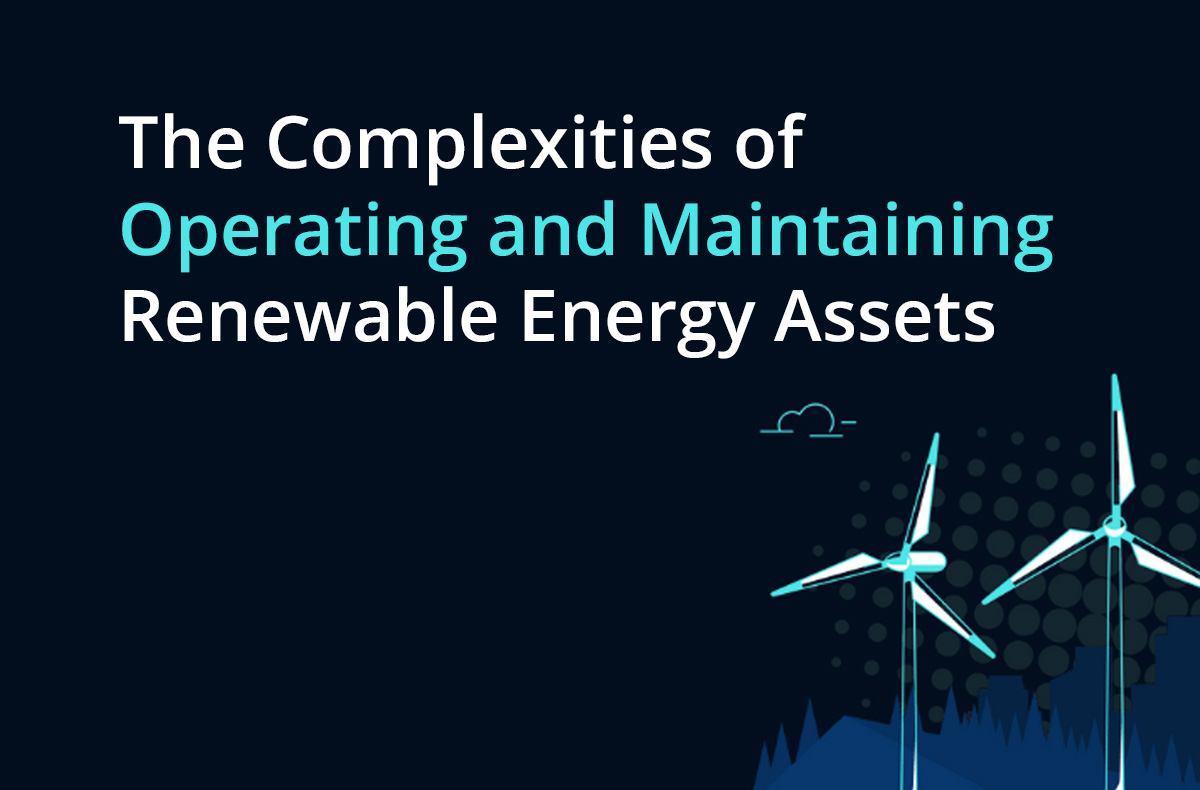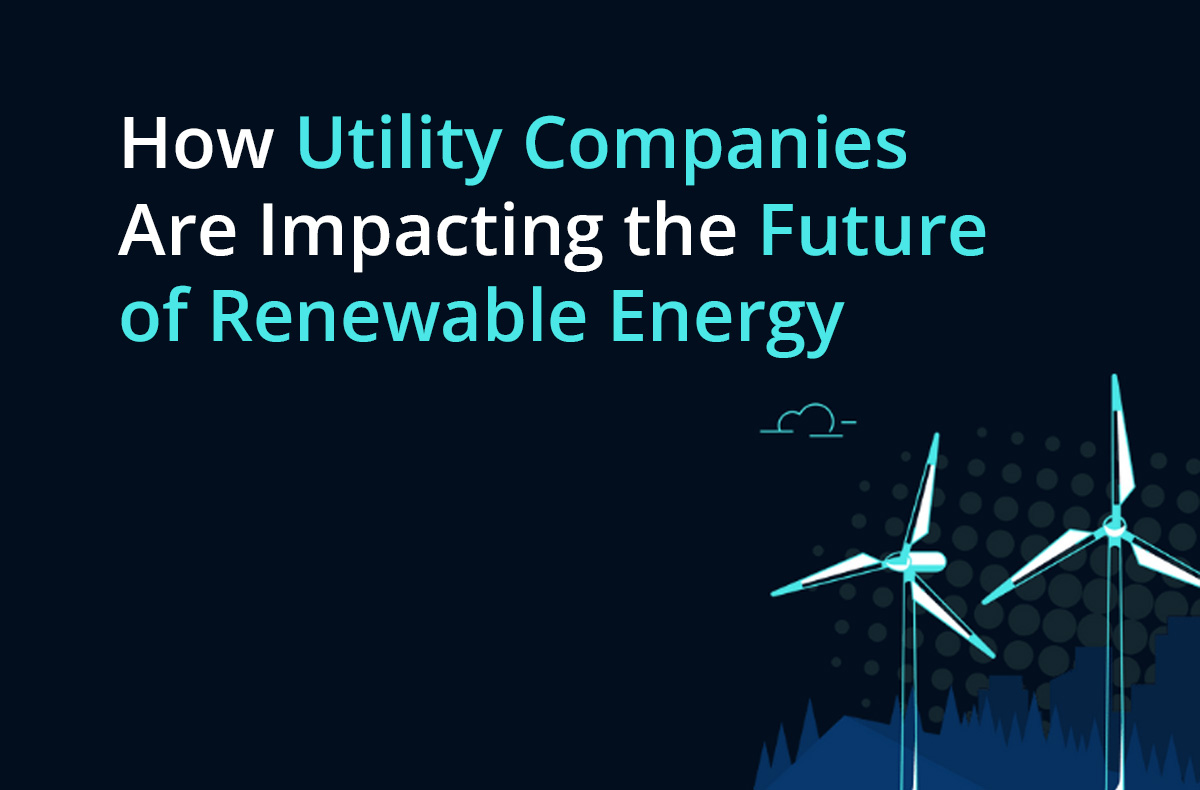The work certainly doesn’t stop at construction when it comes to renewable energy assets. For the wind industry, there’s a great deal of management and maintenance that has to go on behind the scenes to keep assets performing at their best.
We wanted to learn more about what it takes to properly manage a portfolio of wind energy assets, the challenges of doing so, how blade engineers collaborate with OEMs, and what lessons we can all learn in the industry.
In this episode of the Climate Chronicles podcast, we welcomed Pragna Shashidhar, Senior Wind Blade Engineer at ENGIE North America, to talk more about the operations and maintenance of wind assets. She shares insights into what a wind blade engineer does, the complexities of the role, the importance of good data analysis, and much more.
Catch the full episode below or keep reading for some of the top takeaways.
What a blade engineer does
Pragna’s main responsibilities are understanding what blades require to be maintained and operated effectively throughout their lifetime. Pragna works on building in-house knowledge about blades, improving processes and procedures, and utilizing data to improve understanding. This sometimes involves organizing technology programs, analyzing inspection results from turbines, and collaborating with a team of operations engineers, site managers, and asset managers.
A common issue in roles like Pragna’s is that sometimes people don’t understand the importance of blade maintenance — especially the costs that are required to maintain an entire portfolio. But Pragna puts it simply, “Nothing works without maintenance: not your car, not your home, not you. You and I need upkeep to perform optimally.” The same goes for wind turbines and other renewable energy assets.
How blade engineers make maintenance decisions
When maintaining countless different wind assets, there needs to be a system in place to help make decisions on whether to send out a team for repairs. This costs time and money — not to mention the safety concerns for engineers on-site — so those decisions need to be made carefully.
To make those tough decisions, people like Pragma must work closely with the sites and understand the portfolio, the financial situation of owners, the technology available, and the number of people who can perform maintenance. Other factors include climate considerations and weather effects on the assets.
It’s not possible to fix everything all at once because repair resources are naturally limited, but it’s part of Pragna’s job to prioritize what needs immediate action and communicate that with various teams.

Lessons learned from OEMs
As Pragna has to work closely with OEMs at times, her role has been the perfect opportunity to learn more and apply those lessons to ENGIE’s work. The main lesson Pragna has learned is that it’s vital to take ownership of data.
While the goal is not to replace or compete with the OEM, it’s important that ENGIE and other organizations like it have access to their own records and data on assets.
That way, if there are any changes to OEM structures in the future, they still have all that information available in-house to fall back on.
The biggest challenges in maintaining renewable energy assets
Pragna and the ENGIE team face the challenge of the company growing quickly, and scaling teams while maintaining solid processes can be tricky. However, the solution is good communication and clear workflows throughout the business.
One tool they’re using is the SkySpecs Horizon tool, which helps with work order management and communication across teams.

The top priorities moving forward
Pragna’s top priority is to get ahead of unplanned spending. Sometimes, when the end of the year comes around, there are some unexpected costs that are hard to stay on top of.
As owner/operator, it’s not always possible to sign off on spending however you want. Instead, Pragna wants to get ahead and better predict what the costs are going to be well in advance. Data analysis will be key to this process so her team can plan more proactively each year.
Technology gaps in the renewable energy industry
Technology has done wonders for data collection, inspections, and systematizing processes around O&M. But one gap that Pragna mentions is the lack of seamless connectivity between different tools and websites necessary for O&M.
Switching between lots of different websites and portals to manage assets can be time-consuming and confusing. It’s also more difficult to make accurate predictions around data trends. Also, not only are there lots of portals for wind assets, if you work with solar or storage, it means you could have a dozen different portals and tools to figure out on that side as well.
Having a one-stop place to manage it all would be perfect, or at least some automation to tie them all together, says Pragna.
Challenges in the future
In the next three to five years, Pragna thinks that unscheduled downtime will continue to be a significant issue.
As the industry develops better tech and larger wind turbine blades to increase output, this could cause other issues.
With more OEMs manufacturing longer blades, Pragna says we need to consider how this will impact the maintenance side of things. Bigger blades mean more risk of weather damage, lightning strikes, and erosion. Then there are transportation and construction difficulties to factor in.
Pragna describes it as a “painful transition place” where the supporting systems for wind assets haven’t quite caught up, which means unscheduled downtime could become a larger problem. However, she’s optimistic that the two sides of the industry will balance each other out. It’s just a matter of time.
For more insights into Pragna’s role and to learn more about the O&M side of wind energy assets, tune in to the full episode today.











